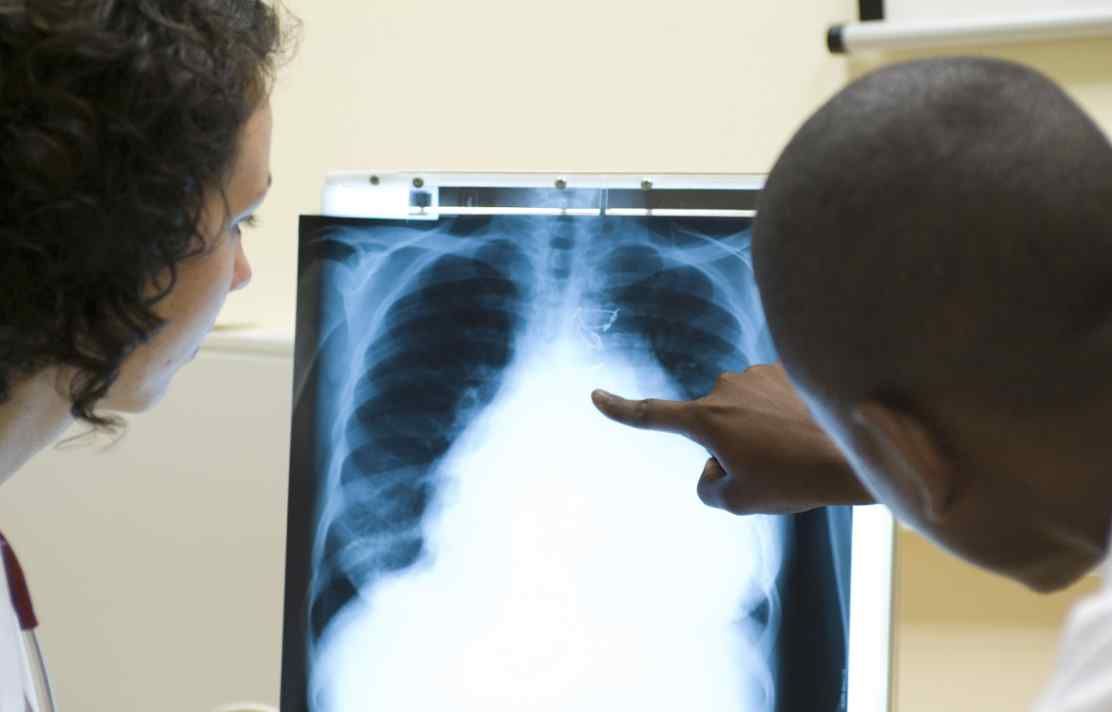BibTex format
@article{Dighe:2020:10.1186/s12916-020-01791-8,
author = {Dighe, A and Cattarino, L and Cuomo-Dannenburg, G and Skarp, J and Imai, N and Bhatia, S and Gaythorpe, K and Ainslie, K and Baguelin, M and Bhatt, S and Boonyasiri, A and Brazeau, N and Cooper, L and Coupland, H and Cucunuba, Perez Z and Dorigatti, I and Eales, O and van, Elsland S and Fitzjohn, R and Green, W and Haw, D and Hinsley, W and Knock, E and Laydon, D and Mellan, T and Mishra, S and Nedjati, Gilani G and Nouvellet, P and Pons, Salort M and Thompson, H and Unwin, H and Verity, R and Vollmer, M and Walters, C and Watson, O and Whittaker, C and Whittles, L and Ghani, A and Donnelly, C and Ferguson, N and Riley, S},
doi = {10.1186/s12916-020-01791-8},
journal = {BMC Medicine},
pages = {1--12},
title = {Response to COVID-19 in South Korea and implications for lifting stringent interventions},
url = {http://dx.doi.org/10.1186/s12916-020-01791-8},
volume = {18},
year = {2020}
}
RIS format (EndNote, RefMan)
TY - JOUR
AB - Background After experiencing a sharp growth in COVID-19 cases early in the pandemic, South Korea rapidly controlled transmission while implementing less stringent national social distancing measures than countries in Europe and the US. This has led to substantial interest in their “test, trace, isolate” strategy. However, it is important to understand the epidemiological peculiarities of South Korea’s outbreak and characterise their response before attempting to emulate these measures elsewhere.MethodsWe systematically extracted numbers of suspected cases tested, PCR-confirmed cases, deaths, isolated confirmed cases, and numbers of confirmed cases with an identified epidemiological link from publicly available data. We estimated the time-varying reproduction number, Rt, using an established Bayesian framework, and reviewed the package of interventions implemented by South Korea using our extracted data, plus published literature and government sources. Results We estimated that after the initial rapid growth in cases, Rt dropped below one in early April before increasing to a maximum of 1.94 (95%CrI; 1.64-2.27) in May following outbreaks in Seoul Metropolitan Region. By mid-June Rt was back below one where it remained until the end of our study (July 13th). Despite less stringent “lockdown” measures, strong social distancing measures were implemented in high incidence areas and studies measured a considerable national decrease in movement in late-February. Testing capacity was swiftly increased, and protocols were in place to isolate suspected and confirmed cases quickly however we could not estimate the delay to isolation using our data. Accounting for just 10% of cases, individual case-based contact-tracing picked up a relatively minor proportion of total cases, with cluster investigations accounting for 66%. ConclusionsWhilst early adoption of testing and contact-tracing are likely to be important for South Korea’s successf
AU - Dighe,A
AU - Cattarino,L
AU - Cuomo-Dannenburg,G
AU - Skarp,J
AU - Imai,N
AU - Bhatia,S
AU - Gaythorpe,K
AU - Ainslie,K
AU - Baguelin,M
AU - Bhatt,S
AU - Boonyasiri,A
AU - Brazeau,N
AU - Cooper,L
AU - Coupland,H
AU - Cucunuba,Perez Z
AU - Dorigatti,I
AU - Eales,O
AU - van,Elsland S
AU - Fitzjohn,R
AU - Green,W
AU - Haw,D
AU - Hinsley,W
AU - Knock,E
AU - Laydon,D
AU - Mellan,T
AU - Mishra,S
AU - Nedjati,Gilani G
AU - Nouvellet,P
AU - Pons,Salort M
AU - Thompson,H
AU - Unwin,H
AU - Verity,R
AU - Vollmer,M
AU - Walters,C
AU - Watson,O
AU - Whittaker,C
AU - Whittles,L
AU - Ghani,A
AU - Donnelly,C
AU - Ferguson,N
AU - Riley,S
DO - 10.1186/s12916-020-01791-8
EP - 12
PY - 2020///
SN - 1741-7015
SP - 1
TI - Response to COVID-19 in South Korea and implications for lifting stringent interventions
T2 - BMC Medicine
UR - http://dx.doi.org/10.1186/s12916-020-01791-8
UR - https://bmcmedicine.biomedcentral.com/articles/10.1186/s12916-020-01791-8
UR - http://hdl.handle.net/10044/1/82854
VL - 18
ER -
